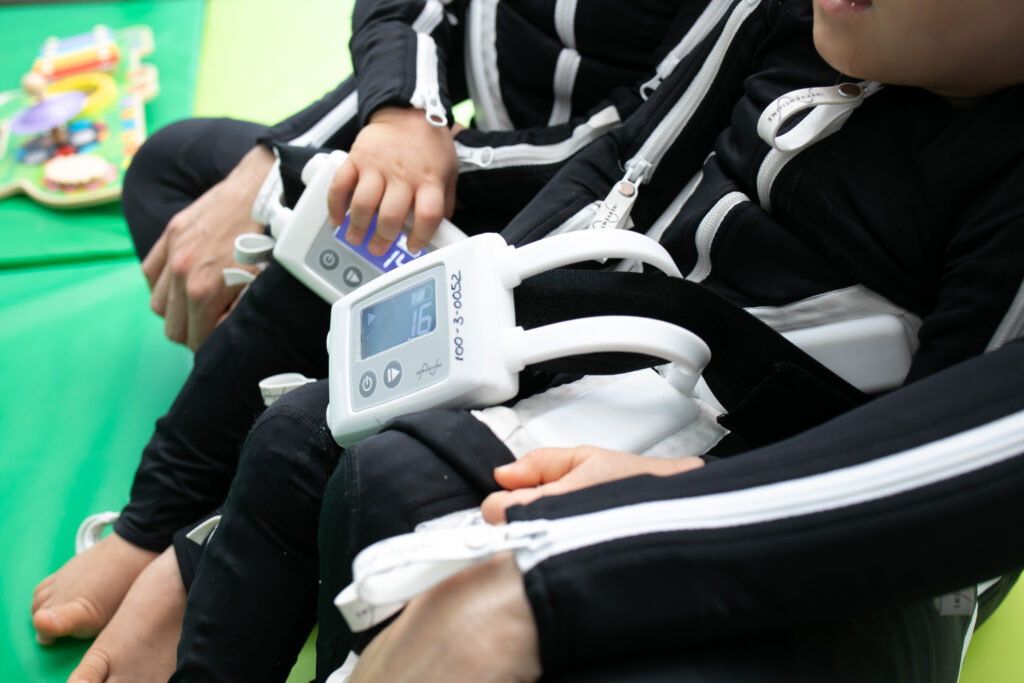Ryan is a 46 year old man, diagnosed with Fibromyalgia. Fibromyalgia commonly known as Fibromyalgia Syndrome (FMS) is a long-term chronic condition and causes widespread pain all over the body along with higher levels of pain in particular areas such as neck or back. Pain caused by Fibromyalgia is continuous in nature, although it can be severe or mild during different times with characteristics ranging from an ache, or a burning sensation to very sharp stabbing pain. Patients with this condition are also likely to experience Hyperalgesia; a condition in which patient’s sensitivity to pain is extremely enhanced where pain from even a very minor injury may take a long time to recover from. Allodynia is another condition associated with Fibromyalgia and patients suffering from it feel pain without any reason such as a light touch. Along with these two conditions, patients may become more sensitive to smoke, certain types of food or even bright light and exposure to these may erupt Fibromyalgia symptoms.
Stiffness in body muscles is one of the most common effects induced by Fibromyalgia. Patient’s muscles may contract or squeeze tightly and painfully. This particularly happens when patient has been in the same position for a long period of time – for example, when he or she first wakes up in the morning. Individuals suffering from Fibromyalgia often feel extreme tiredness leaving them unable to move or do anything at all. Sleeping disorder also causes extreme fatigue to patients. Cognitive problems like trouble remembering and learning new things, lack of attention and concentration, and confused speech are also some side effects caused by Fibromyalgia. Pain or stiffness in neck and shoulders automatically triggers head-ache which can be mild in nature or quickly convert into severe migraine. It is also noted that some patients develop Irritable Bowel Syndrome (IBS); a condition which causes abdominal pain, or diarrhea, or constipation.
There are many other symptoms of Fibromyalgia which tend to vary from person to person. These symptoms include dizziness, feeling too hot or too cold – this is because patient is not able to regulate his or her body temperature properly, an overwhelming urge to move legs, numbness or burning sensations or both, in hands and feet, and unusually painful periods in women.
This condition, in some cases, induces depression in people suffering from it since Fibromyalgia can be difficult to deal with. Fibromyalgia patients need extreme attention both from health personals who are treating them and their family members in order to keep their hopes high and make them enjoy things which normal people do.
Although Fibromyalgia affects around 7 times as many women as men, anyone can develop this condition and typical age in which this condition can trigger ranges from 30 years to 50 years. On many occasions, people of ages other than this typical range have also been reported to develop Fibromyalgia, including children and the elderly.
Clear statistics regarding Fibromyalgia patients may not be available but some estimates suggest that nearly 1 in every 20 people may be affected by fibromyalgia to some degree. Since Fibromyalgia is a difficult condition to diagnose, and since many of its symptoms are similar to various other health conditions it cannot be clearly quoted how many people are actually suffering from it.
Though there are several treatment options that can help relieve some of the symptoms and make the condition easier to live with, there’s currently no absolute cure for fibromyalgia since this is a lifetime condition. As Fibromyalgia has numerous symptoms which cannot be treated by single source of action, different health care specialist along with GP may have to get involved in treatment. Treatment can be a combination of medicine, such as antidepressants and painkillers, therapies, such as Cognitive Behavioral Therapy (CBT) and counseling, physiotherapy with different exercise programs and relaxation techniques. Physiotherapy in particular has been found to have a number of important benefits for people with fibromyalgia, including helping to reduce pain.
Case Study
Ryan, came to Synergistix Allied Heath seeking help against his severe condition. His diagnosis resulted in high pain levels, reduced muscle function and limited balance. Prior to undertaking therapy, Ryan reported that his pain levels on a day to day basis were systemic and sporadic, where pain could reach 10/10. Utilizing the pain scale, at the time of his initial consult, pain was reported at 6/10. Ryan also reported finding it difficult to complete activities of the daily living due to pain and being off balance. In particular, he was finding it difficult to climb stairs and being able to complete house chores.
After a year of regular usage, Ryan has reported a significant reduction in pain levels, with pain levels being at 4/10 majority of the time, and improvements in mobility globally. He is now able to exercise multiple times in a week, and complete some chores around the house. Great improvements have also been observed in mood and confidence of the patient. Improved balance has also been observed, particularly on his right leg.
It should be noted that Ryan had time away from therapy during COVID-19 isolation. He noticed that pain levels began to return to pre-therapy levels, and both daily function and sleep were negatively impacted. The flow on effect included low mood and lack of motivation. He has recently returned to regular therapy, where his pain levels have begun to subside, mobility is returning and mood has been positively boosted. Ryan will carry on with his therapy on a regular basis to continue to manage his symptoms.

